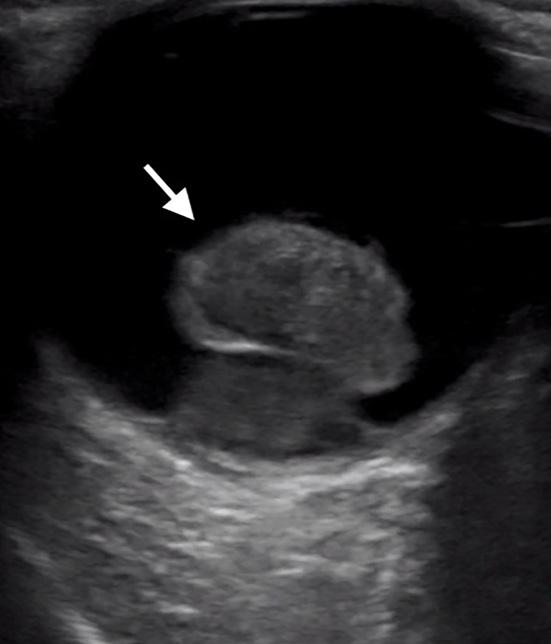Images in Emergency Medicine
Acute Thromboembolism from Trauma in a Patient with Abdominal Aortic Aneurysm Solomon Sebt, MD Chris Kim, DO Wirachin Hoonpongsimanont, MD Eric Leroux, MD, MBA
Eisenhower Medical Center, Department of Emergency Medicine, Rancho Mirage, California
Section Editor: Scott Goldstein, MD Submission history: Submitted February 12, 2021; Revision received April 6, 2021; Accepted April 10, 2021 Electronically published July 21, 2021 Full text available through open access at http://escholarship.org/uc/uciem_cpcem DOI: 10.5811/cpcem.2021.4.52137
Case Presentation: A 64-year-old man with a history of a 5.5-centimeter (cm) abdominal aortic aneurysm (AAA) presented to the emergency department (ED) complaining of severe back pain after climbing over a fence and falling a distance of eight feet. Prior to arrival, the prehospital paramedics reported that the patient did not have palpable pulses in either lower extremity. The initial physical examination in the ED was significant for absent dorsalis pedis pulses bilaterally as well as absent posterior tibialis pulses bilaterally and cold, insensate lower extremities. Point-of-care ultrasound identified an approximate 7-cm infrarenal AAA with a mural thrombus present. After receiving several computed tomography (CT) studies including CT head without contrast and CT angiography of the chest, abdomen and pelvis, the patient was diagnosed with acute thrombosis of AAA and associated thromboembolic occlusion of both his right and left distal iliac vessels causing bilateral acute limb ischemia. He immediately received unfractionated heparin and was admitted to the hospital for embolectomy and intra-arterial tissue plasminogen activator. Discussion: Acute thrombosis of AAA and subsequent thromboembolic events are a rare but significant complication that can occur in patients with a history of AAA. Thromboembolic events may occur spontaneously or in the setting of blunt abdominal trauma. Common presenting signs and symptoms include distal limb ischemia and absent femoral pulses. Timely management and recognition of this rare complication is vital as this condition can ultimately result in limb loss or death if not treated in a timely manner. Heparinization after confirmation of non-ruptured AAA as well as vascular surgery, and therapeutic and vascular interventional radiology consultations are key steps that should be taken to decrease patient morbidity and mortality. [Clin Pract Cases Emerg Med. 2021;5(3):357–359.] Keywords: Abdominal aortic aneurysm; acute thrombosis; embolectomy; acute limb ischemia.
CASE PRESENTATION A 64-year-old male was brought to the emergency department (ED) by helicopter after sustaining an injury falling over a fence. The patient reported injuring his “stomach” and feeling a pop followed by severe back pain. On scene, the prehospital paramedics reported no pulses in the bilateral lower extremities. Prior to arrival, the patient
Volume V, no. 3: August 2021
had been given 250 micrograms fentanyl, 20 milligrams (mg) labetalol, and 4 mg of midazolam by medics for concern of possible aortic dissection. Vital signs upon arrival included a blood pressure of 166/102 millimeters of mercury, heart rate of 92 beats per minute, 16 respirations per minute, an oxygen saturation of 96% on room air, and a temperature of 99.2ºF. Physical examination was notable for 2+ carotid
357
Clinical Practice and Cases in Emergency Medicine



















